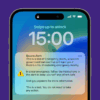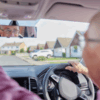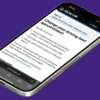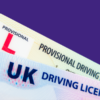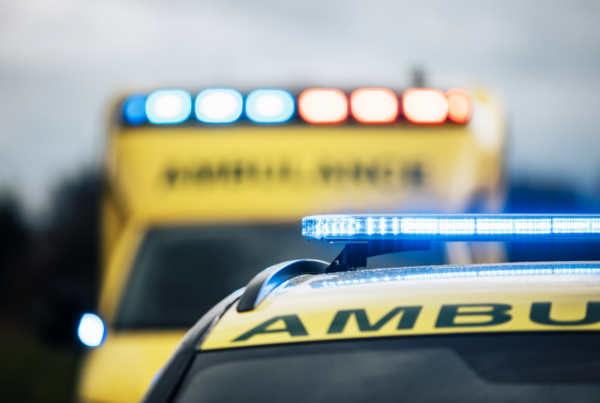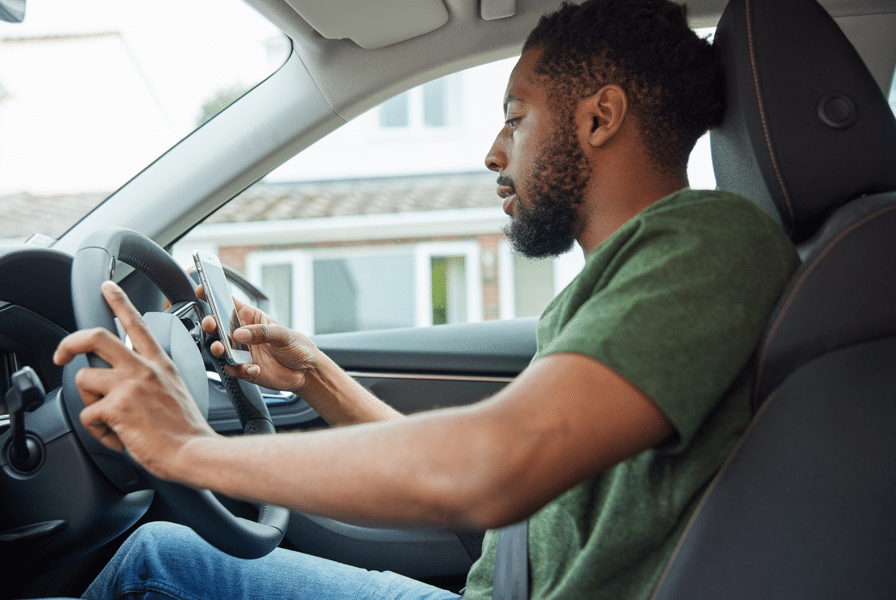
What Are The Rules For Using Your Phone In The Car?
For most of us, our mobile phones are practically glued to our hands. Whether it’s scrolling through memes, catching up on group chats, or endlessly refreshing social media, we’re rarely seen without our trusty sidekicks. In fact, we’re so attached to them that the sheer panic of being without one even has a name—nomophobia. Yep, it’s a thing.
But here’s where the love affair with our phones hits a pothole: driving. Research shows that using your mobile behind the wheel can slow your reactions even more than having one too many drinks. And shocker, the number of accidents caused by phone distractions is on the rise.
Yet, bizarrely, smart-phoning while driving doesn’t seem to carry the same stigma as drink-driving. Why is that? Maybe it’s because our phones can do so much for us on the road—maps, music, checking the time (OK, let’s be real, no one actually does that). But regardless of how handy they are, using your phone while driving can cost you big—fines, points on your licence, or worse, your life.
We’ve all seen it—you’re at a red light, and the driver next to you is holding their phone out in front of their face, like they’re trying to convince the world it’s not “technically” against their ear. Spoiler alert: it’s still illegal, and to be honest, you just look stupid. If anything, holding the phone in front of you is even more obvious, and yes, still very much against the law.
Let’s dive into the facts and figure out how we can keep our phones and cars from being a dangerous combo.
The Law
Handheld Devices
Here’s the deal: using a handheld phone at any point while driving (even when you’re stuck in a traffic jam or inching along in roadworks) is illegal. So, no cheeky texting, map-checking, or swiping through Spotify playlists. Oh, and if you’re supervising a learner driver? Yep, still illegal. No exceptions.
There are just two times it’s legal to hold a phone in the car: if there’s an emergency and you can’t stop safely before calling, or if you’re making a contactless payment while the car is stationary (because, let’s face it, missing out on a drive-thru milkshake is also an emergency of sorts).
Penalties for phone use got a serious upgrade recently, with fines starting at £200 (or more if you fancy a day out in court) and six points slapped on your licence. For newbie drivers with less than two years behind the wheel, that’s enough to kiss your licence goodbye. Not ideal, right?
Hands-Free Devices
Here’s where it gets a bit grey. Hands-free use is technically legal, as long as you don’t touch the phone at all once you’re driving. So, set it up in a cradle before you start the engine, and you’re good to go. But don’t get too comfy—if the police think you’re not fully in control of your car, even hands-free calls could land you in hot water.
And if you do cause an accident while using your phone? Well, you could be looking at a driving ban or even a stint in prison. Long story short—just leave your phone on silent, or better yet, turn it off and pretend it doesn’t exist for a bit.
Consequences
It’s easy to get cocky when you’ve driven the same route a hundred times. You think you know it like the back of your hand, right? But here’s the kicker: even if the road stays the same, the other cars, pedestrians, and weather conditions don’t. Using your phone while driving is a guaranteed way to miss those small but crucial changes.
Your reaction time takes a nosedive when you’re staring at a screen, and you’re less likely to notice hazards (which, as we all learned from the hazard perception test, are kind of a big deal).
In 2015, mobile phone distractions were responsible for 22 fatalities on UK roads. By 2016, that number increased to 32, with a significant 478 accidents attributed to phone use. Fast forward to recent years, and the situation has only become more alarming. In 2022, road fatalities overall were recorded at 1,711, with mobile phone use continuing to be a leading cause of distraction behind the wheel. The police and media have ramped up efforts to tackle the issue as incidents of drivers glancing at their phones contribute to tragic headlines regularly. The laws have become stricter, with heavier penalties introduced in 2022 to curb this dangerous behaviour.
New Rules in 2022
Tech moves fast, and the law’s finally catching up. In 2022, new rules were introduced to clarify what counts as “holding and using” a phone. Spoiler alert: it’s pretty much everything. Checking the time? Illegal. Skimming notifications? Also illegal. Basically, if your phone is in your hand while driving, you’re breaking the law.
What You Can Do
So, how do you avoid becoming another stat? It’s simpler than you think:
- Take Think!’s advice and “make the glove compartment the phone compartment.” Seriously, when was the last time you used it for gloves?
- Try apps like Agent or Lifesaver, which detect when you’re driving and automatically respond to messages for you. Bonus: some even read texts out loud, so you’re not missing out on the latest group chat drama.
- Waiting for an important call? Either wait ‘til you get where you’re going, or pull over safely before answering.
- If a hands-free conversation gets a little heated, pull over or end the call. No argument’s worth a crash.
- Ideally, just switch your phone off when you get in the car. If that’s too much, at least slap it on silent.
Sure, some of this might sound a bit extreme—especially if you’ve grown accustomed to having your phone at your fingertips 24/7. But no text, call, or Snapchat filter is worth risking your life. Let’s face it, those dog ears will still be there when you get out of the car.
And remember, if you’re riding shotgun, these rules apply to you too. Whether you’re an instructor or just a mate, don’t distract the driver by flashing your phone around.
Smartphones and cars? Both great in their own right. Together? Not so much.


